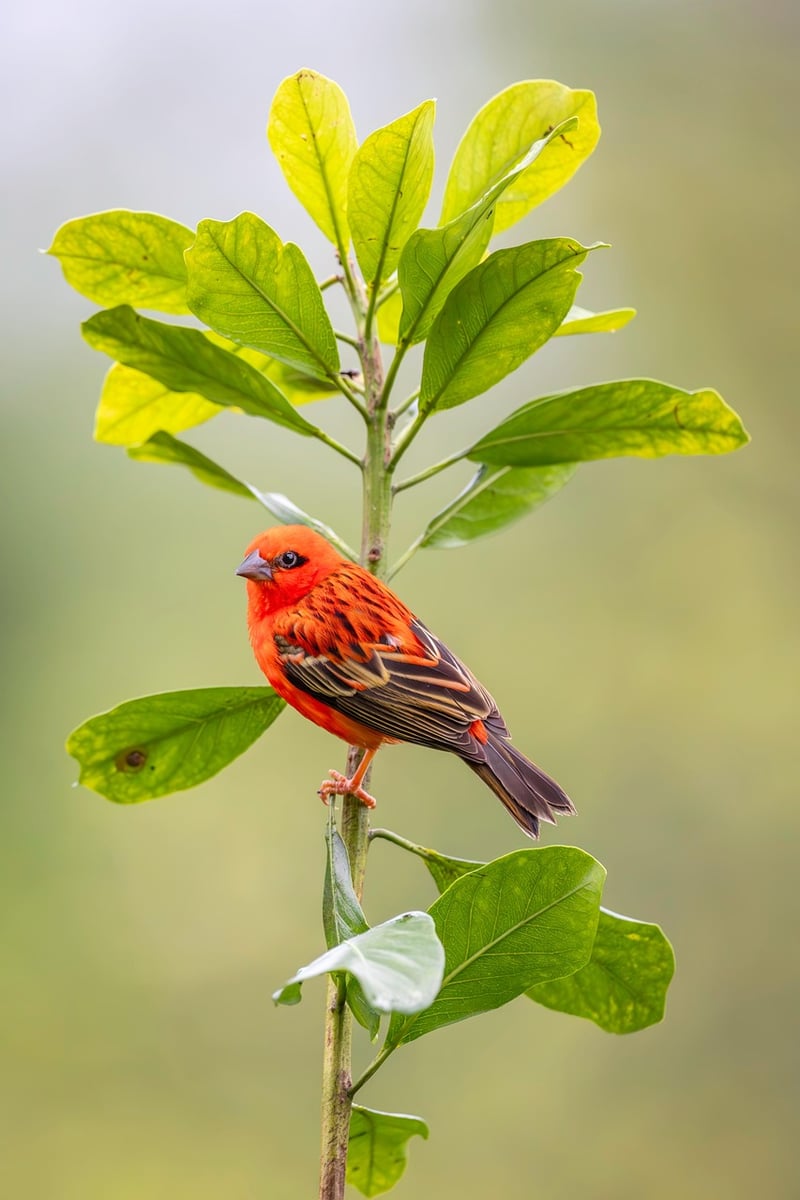Vertical Planting
The Rise of Urban Green Areas and Vertical Planting
Urban spaces are continuously evolving to incorporate more green areas and vertical planting solutions. This transformation is driven by the need to combat pollution, enhance aesthetics, and promote biodiversity in cities. Let's explore the growing trend of urban greenery and vertical gardens.
Benefits of Urban Green Areas
1. Improved Air Quality: Trees and plants in urban areas help absorb pollutants and release oxygen, leading to cleaner air for residents.
2. Temperature Regulation: Green spaces act as natural air conditioners, reducing the urban heat island effect and lowering temperatures in cities.
3. Enhanced Well-being: Access to green areas has been linked to reduced stress levels, improved mental health, and increased physical activity among urban dwellers.
Vertical Planting Solutions
Vertical gardens, also known as living walls, offer a creative way to introduce vegetation in urban settings with limited space. These structures can be installed on building facades, fences, or freestanding walls, providing numerous benefits:
- Maximizing Greenery in Small Spaces
- Improving Aesthetics and Visual Appeal
- Enhancing Insulation and Energy Efficiency
- Reducing Noise Levels
- Supporting Biodiversity and Wildlife
Examples of Urban Green Projects
1. The High Line, New York City: An elevated linear park built on a historic freight rail line, showcasing greenery amidst urban surroundings.
2. Gardens by the Bay, Singapore: A futuristic botanical garden featuring vertical gardens, supertrees, and sustainable horticultural practices.
Embracing a Greener Future
As cities strive to become more sustainable and livable, the integration of urban green areas and vertical planting solutions plays a crucial role. By fostering green spaces within concrete jungles, we can create healthier environments for current and future generations to enjoy.


